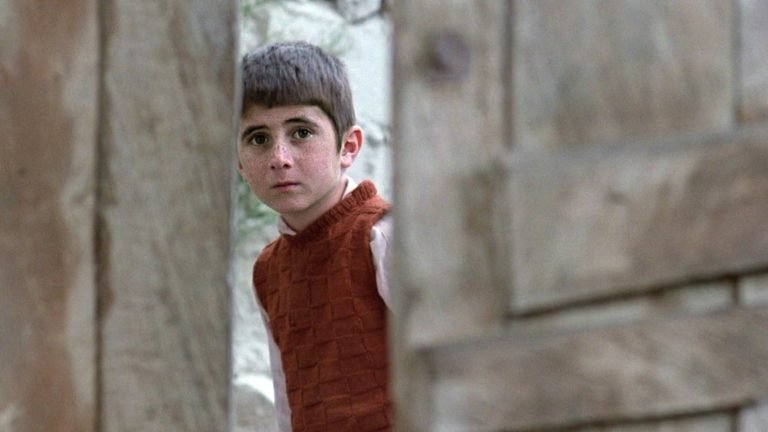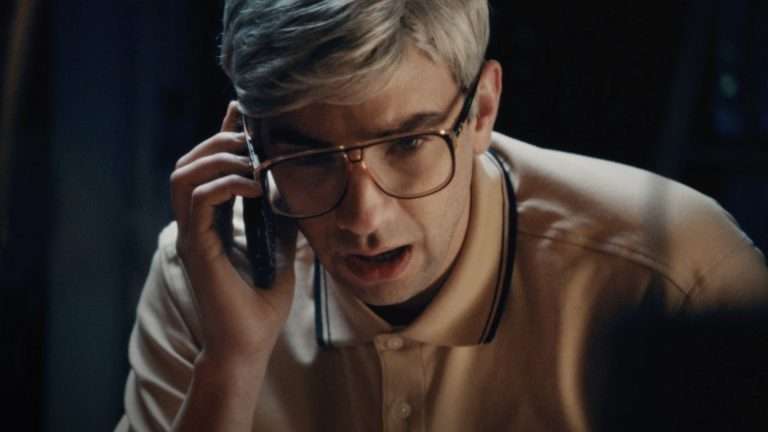When the news came on October 11, 2025 that Diane Keaton had died at 79, it landed like a private knock on a familiar door. The shock was public and the sorrow felt intimate because Keaton had always offered a kind of friendship through her work: honest, slightly odd, and unmistakably herself. She changed how women could be seen on screen by choosing roles that allowed clumsy edges and small triumphs, by refusing to be polished into someone else.
Across more than fifty years she moved between comedy and drama without ever losing the voice that made her a choice, not a costume. In the last decade she worked less often but still chose parts that mattered: small supporting roles, voice work, and projects that let her age visibly and without apology.
She kept making work outside acting too: photography, books, writing about houses and design, and lending time to causes she cared about. People remember the laughs and the awkward silences, the low, crooked smile and the tilt of her head. Her death is an ending to a career that taught generations it is possible to grow older in public and remain wholly, stubbornly yourself and keep teaching us.
Diane Keaton’s Passing: What Happened & How the World Responded?
On October 11, 2025, family and representatives confirmed that Diane Keaton had passed away at the age of 79. She was at home in California when medical responders arrived. The family asked for privacy and gave a few details. People who knew her said her health had declined suddenly in the weeks before her death. Those close to her described the final days as quiet and private, the way she preferred her life to be lived.
The lack of public detail is not surprising. Keaton managed an unusual balance: a long public career and a private personal life. She welcomed attention for her work but guarded her home, her small routines, and the people close to her. The announcement brought out statements from actors and filmmakers across generations. For many, the news felt both sudden and, in another way, inevitable. She had been present for decades. Her death leaves a hole in film and in the lives of those who knew her directly.
Diane Keaton’s Last Roles and Life Away from Hollywood
In recent years, Keaton appeared less often on screen. Her film roles were smaller. She did voice work. She took parts that fit her age and her sense of truth. She did not chase headlines. Instead, she chose work that let her be herself, not a version of what Hollywood expected.
Outside of film, she stayed active. She published books about houses and photography. She wrote essays. She described objects and rooms and the histories they hold. She loved homes and design and spent time restoring and photographing houses. She kept making art in ways that did not require a movie set.
Keaton was not a loud philanthropist. Her charity was mostly private. She supported causes she believed in and helped people who needed it. When she used her public voice for a cause, she did it with care. That quiet approach matched her life. She gave when it was needed. The sum of these small acts is part of her legacy.
Diane Keaton’s Trajectory: Cinema, Fashion, and Personal Life
View this post on Instagram
Diane Keaton began in theater and moved to film through steady work and a clear taste for odd, human parts. She trained in New York and performed in Hair on Broadway before making her screen debut in Lovers and Other Strangers (1970). She took small film roles until she landed parts that put her on the map.
Her early breakthrough came with The Godfather (1972), where she played Kay Adams, the outsider drawn into the Corleone family’s dark world. Surrounded by towering male performances, she held her ground with restraint and quiet strength. That was her way: not to shout or to demand, but to be fully present, a complete person even in silence.
Her partnership with Woody Allen reshaped how audiences saw women in comedies. From Play It Again, Sam (1972) to Sleeper (1973), and ultimately Annie Hall (1977), she became a new kind of leading woman—funny, nervous, and deeply real. Annie Hall didn’t make her glamorous; it made her relatable. She thought, stammered, and laughed in real time. Her loose suits, vests, and ties felt like authentic choices, not costumes, and they became a lasting fashion statement.
She moved fluidly through genres. She headlined family comedies like Father of the Bride (1991) and its sequel, brought biting wit to The First Wives Club (1996), earned acclaim for the romantic comedy Something’s Gotta Give (2003), and found tenderness in dramas like Marvin’s Room (1996) and Reds (1981). She also directed Hanging Up (2000), proving her instinct for storytelling behind the camera.
Related Read: The 10 Best Woody Allen Films
In Reds, directed by Warren Beatty, she portrayed journalist Louise Bryant—a woman torn between love, politics, and purpose. It showed how fearless she was about vulnerability and idealism, earning her an Academy Award nomination. Years later, in Marvin’s Room, she played a selfless daughter caring for her dying father, a performance marked by quiet strength and compassion.
These roles revealed the depth behind her easy humor, showing that her warmth on screen could hold both light and darkness at once. Keaton kept choosing projects that allowed her to age on screen. She refused roles that demanded she look younger. She didn’t follow a formula; she followed honesty.
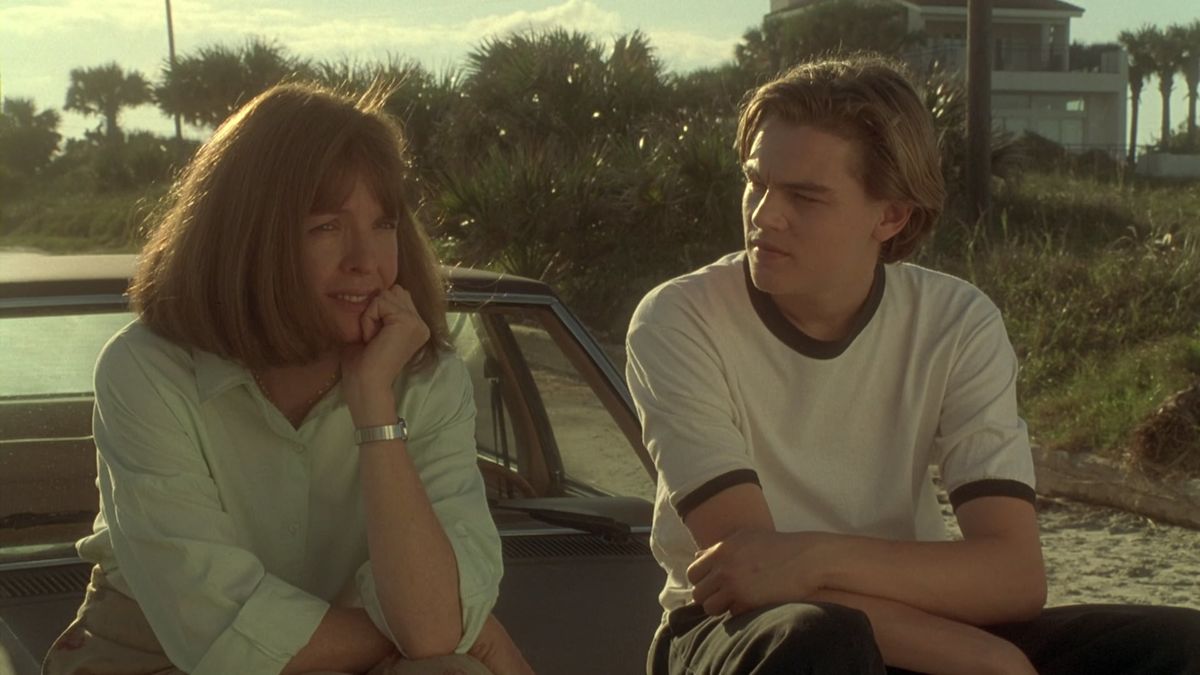
Off-screen, she never married. In her 50s, she adopted two children—daughter Dexter and son Duke. She wrote candidly about motherhood, love, and loss in her memoirs Then Again and Let’s Just Say It Wasn’t Pretty. She spoke openly about early struggles with self-image and what it meant to stay relevant in an industry obsessed with youth. Beyond film, Keaton’s eye for beauty found expression in architecture and photography. She collected and restored houses, often photographing details most people overlook. She once said she simply loved “looking.” That act of observation—patient, curious, kind—is visible in everything she made.
Notable Work, Collaborations and the Stereotypes She Broke
Diane Keaton’s career was defined by a fearless approach to the roles she chose. She worked with some of the most celebrated directors in film history, and in each collaboration, she brought a sense of honesty that made every scene feel lived-in.
Her early work with Francis Ford Coppola in The Godfather and The Godfather Part II placed her in a male-dominated world, yet she never felt overshadowed. As Kay Adams, she was both observer and participant, negotiating love, loyalty, and morality amid a violent, patriarchal universe. The subtlety of her performance made her presence undeniable, proving that quiet strength could be as compelling as bombast.
Her collaborations with Woody Allen redefined comedy for women. In films like Play It Again, Sam, Sleeper, and Annie Hall, she played characters who were neurotic, flawed, and deeply human—far from the glamorous archetypes typically offered to women in the 1970s. Annie Hall in particular broke stereotypes, showing that humor could live in intelligence, awkwardness, and emotional honesty.
Her quirky fashion choices in the film—oversized suits, hats, ties, and vests—became iconic not for glamour, but for authenticity. She showed that women could be stylish on their own terms and that personality could be as compelling as polish. Keaton also chose roles that celebrated older women at a time when Hollywood often ignored them. The First Wives Club, Something’s Gotta Give, and Marvin’s Room allowed her to explore age, love, and familial complexity with nuance. She refused to be confined by industry expectations, showing that women could lead, age gracefully, and remain central to a story without compromise.
Her collaborations spanned generations. She shared the screen with Bette Midler, Goldie Hawn, Robert De Niro, Jack Nicholson, Meryl Streep, and Meg Ryan, always bringing her own voice to the mix. Beyond acting, she directed Hanging Up, starring herself alongside Meg Ryan, Lisa Kudrow, and Walter Matthau, demonstrating that her creative instincts extended behind the camera.
Keaton consistently broke stereotypes: that women must be glamorous, submissive, or young to be compelling; that aging diminishes relevance; that comedy is secondary to drama for serious actresses. Through her choices, she showed that humor, imperfection, and independence could be celebrated rather than hidden. Her influence reshaped how women were portrayed on screen, leaving a legacy that continues to open doors for actors who follow.
Awards, Accolades, and Notable Speeches
Diane Keaton’s work was recognized repeatedly over the course of her career, not just for individual performances but for the authenticity she brought to every role. Her first and most celebrated award was the Academy Award for Best Actress for Annie Hall (1977). That performance became a benchmark in Hollywood for portraying women with humor, intelligence, and emotional depth. She earned additional Oscar nominations for Reds (1981), Marvin’s Room (1996), and Something’s Gotta Give (2003), demonstrating her range from historical drama to intimate family storytelling to romantic comedy.
Do Check Out: 25 Best Oscar Winning Performances (Female)
In addition to the Oscars, she received a BAFTA award for Best Actress for Annie Hall, along with Golden Globes for the same film and later for Something’s Gotta Give. Her body of work was also honored with lifetime achievement awards, including the AFI Life Achievement Award in 2017, recognizing her enduring impact on American cinema.
These accolades reflect not only her skill but her ability to navigate a career on her own terms, challenging Hollywood’s expectations at every turn. Keaton’s speeches and public reflections were often as candid and understated as her performances. She famously described herself with the words: “Insecurity in conjunction with ambition,” a simple but profound acknowledgment of the vulnerability and drive that shaped her life. Speaking about her career, she once said, “Seeing. … We don’t have that much time,” emphasizing the importance of observation, presence, and making choices that reflect who you truly are.
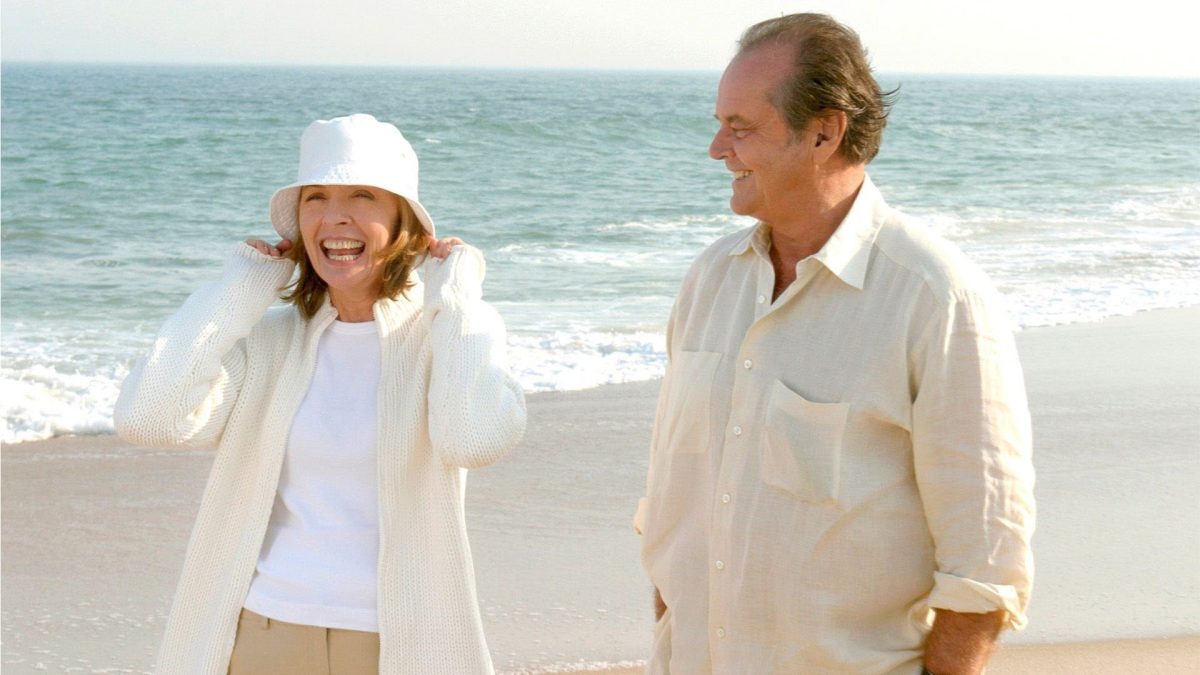
Peers and colleagues often paid tribute to her uniqueness and integrity. Bette Midler described her as “hilarious, a complete original, and completely without guile. What you saw was who she was.” Robert De Niro said that her death “took me totally by surprise,” highlighting the deep impression she left on her fellow actors. Meryl Streep called her “indelibly singular,” a phrase that captures the rare combination of relatability and individuality Keaton brought to every project.
Her accolades were never about vanity. They reflected a career built on courage, authenticity, and the willingness to embrace roles that others might have avoided. Diane Keaton’s awards and speeches serve as a testament to her belief that honesty and humanity on screen—and in life—are more important than glamour or conformity.
The Kind of Work That Got Her Noticed
What made Keaton’s performances stand out was the attention to small things: a pause, a glance, a line read in a way that suggested a private history. She made acting look like life. She mixed comedy and pain. She let scenes breathe. She trusted silence when a scene needed it, and she trusted chaos when that felt right. That approach made her a favorite of directors who wanted truth rather than polish. It meant she could play both the comic lead and the nervous partner. It meant she could hold a scene opposite towering personalities and still make the moment belong to her.
Contributions to Art, Cinema, and the Real World
Beyond film, Keaton wrote books about houses, design, and memory. She photographed rooms and people. She published collections that show a careful eye. That work matters because it shows an artist looking in small places and valuing what she finds there.
Her real-world contributions are quieter. She helped local efforts. She supported people confidentially. She gave time and energy to causes she felt connected to. She used her public voice with restraint. That restraint was not absence. It was a form of commitment to privacy and to direct action. Her influence on Hollywood is tangible.
New films that center older women and give them emotional weight came into being in part because she showed it was possible. She opened space for other actors to be themselves in an industry that often wants sameness.
What Made Her Work Stick
Her choices made her work stick. She picked parts that let her be human. She did not chase trends. She chose risk over safe glamour. That made her performances feel honest. It also made them last. Actors and writers will study her work because it offers a model: pick the truth of the scene and follow it. She also worked with directors who understood that truth comes in small details. Those collaborations produced moments that people still quote. The result is a filmography that reads like a life.
The Personal Side: Houses, Memory, and Habits
Keaton’s love of houses was part of who she was. She bought and restored old homes. She photographed rooms and objects. She kept things that mattered and wrote about them. She described memory as something rooms hold. She wrote essays that read like notes to herself. That caretaker eye appears in her films too, in the way she listens and notices. She also spoke openly about struggle. She was candid about past eating disorders and about family pain. She did not use those things for publicity. She mentioned them when they mattered to the story of her life. That honesty created trust with readers and audiences.
The Loss and the Way Forward
When a figure like Diane Keaton dies, people catalog the films and the lines. That is part of what we do. It is right to list the awards and the moments. But the quiet loss is how much she modeled living on her own terms. She showed a way to be visible and private at once. She showed how to age and remain complicated and present. Her films will remain. Her books will remain. But the more important thing may be how she altered her behavior. She made it easier for future actors to be messy, funny, and human on screen. That is a practical change that will last.

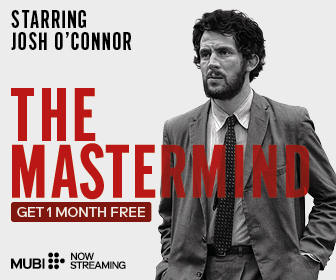
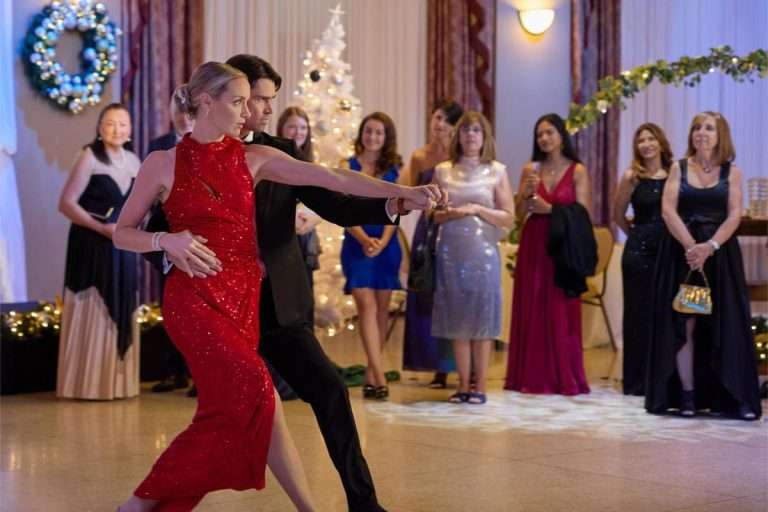
![Wheel Of Fortune and Fantasy [2021] – A Complex Dish of Desire, Identity & Self-exploration served piping hot](https://79468c92.delivery.rocketcdn.me/wp-content/uploads/2022/03/Wheel-Of-Fortune-and-Fantasy-Part-2-768x432.jpg)
![The Silence of the Lambs [1991]: The Voluptuous Death](https://79468c92.delivery.rocketcdn.me/wp-content/uploads/2019/04/silence-of-the-lambs-768x516.jpg)

